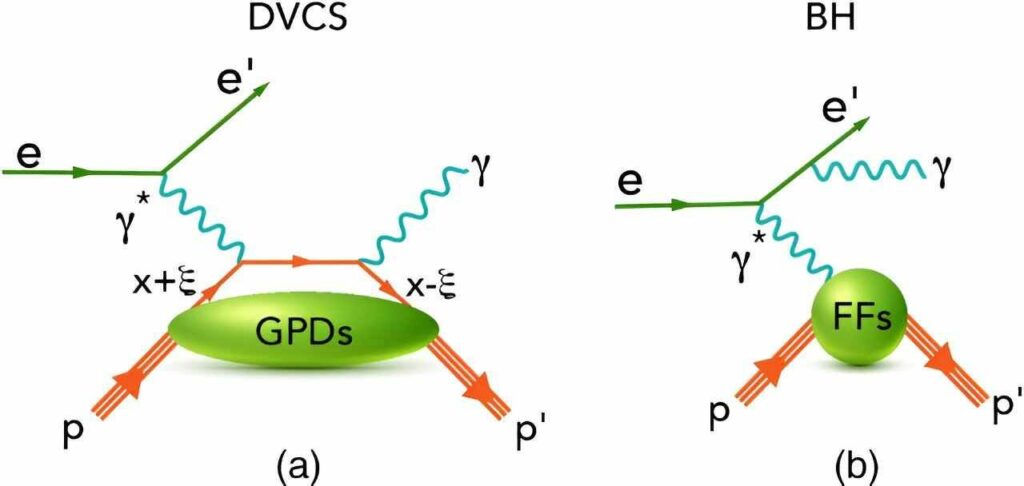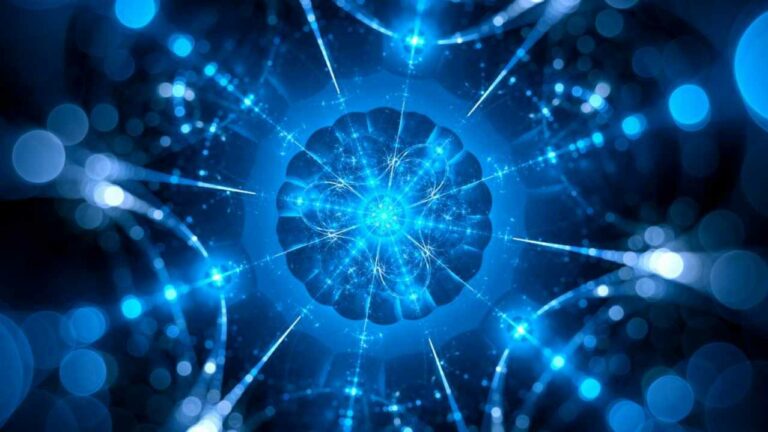Gravity Reveals the Strength of the Strong Force in Protons
It is apparent that gravity is a force which dominates across our observable universe. It is discernible in the synchronization of moons as they orbit planets; in comets whose paths have been altered by the effects of gigantic stars; and in the movement of gigantic galaxies. These awesome displays exemplify gravity’s role at the biggest level of matter. Now nuclear physicists are realizing that gravity has a lot to offer at the smallest building blocks of matter.
Recent research being carried out by nuclear physicists at the U – S Department of Energy’s Thomas Jefferson National Accelerator facility is using a technique that relates theories of gravitation to interactions of subatomic particle to uncover new details at this arena.
The strong force is one of the primary forces in the universe and the study of it particularly within the proton has been challenging; however, the research has now provided, for the first time, a glimpse of how the strong force is distributed inside the proton. This snapshot describes the shear stress the force may impose on quark particles out of which the proton is made of. The result was recently reported in the Reviews of Modern Physics.

In an interview with the lead author of the study, the Jefferson Lab Principal Staff Scientist Volker Burkert, he says that the measurement provides a glimpse of the conditions experienced by the particles that make up protons. Protons are composed of three quarks held together via the strong nuclear force.
“At its peak, this is more than four tons, the force that one would have to apply to a quark to pull it out of the proton,” Burkert said. “Nature, of course, does not allow us to separate just one quark from the proton because of a property of quarks called ‘color. ’ Quarks, there are three colors, to mix quarks in the proton to make proton appear color less outside to enable it to exist in space.
“If you attempt to extract a coloured quark from the proton you end up creating a colourless quarks/anti-quarks pair ie a meson using the energy that you applied in order to rip the quark out of the proton and you are left behind with colourless proton(neutron) In so doing the 4-tons is an example of strength of the force inherent in the proton.
The outcome is only the second of mechanical properties of the proton to have been determined. These mechanical properties include pressure inside the proton, its physical size, angel momentum and shear stress. The result was achieved with the help of a prophecy made a half century ago and information collected over a period of two decades.
Around mid 1960s, it was postulated that if nuclear physicists can witness how gravity behaves with materials at sub atomic level including the proton, then the experiments can directly measure the mechanical properties of the proton.
“But at that time, there was no way,” said Latifa Elouadhriri, a Jefferson Lab staff scientist and co-author on the study, when comparing the strength difference between gravity and the electromagnetic force—39 orders of magnitude apart— “So it’s completely hopeless, right?”
These data were obtained from experiments done with the CEBAF accelerator that has been in operation at Jefferson Lab for more than two decades. An example of a CEBAF experiment involves an energetic electron scattering with another particle via transferring a packet of energy and a quantum of angular moment known as virtual photon to the interacting particle. The energy of the electron thus determines which particles that it influences in this way and how they behave.
Reference:V. D. Burkert et al, Colloquium : Gravitational form factors of the proton, Reviews of Modern Physics (2023). DOI: 10.1103/RevModPhys.95.041002
Do not forget to share your opinion with us to provide you with the best posts !




0 Comments